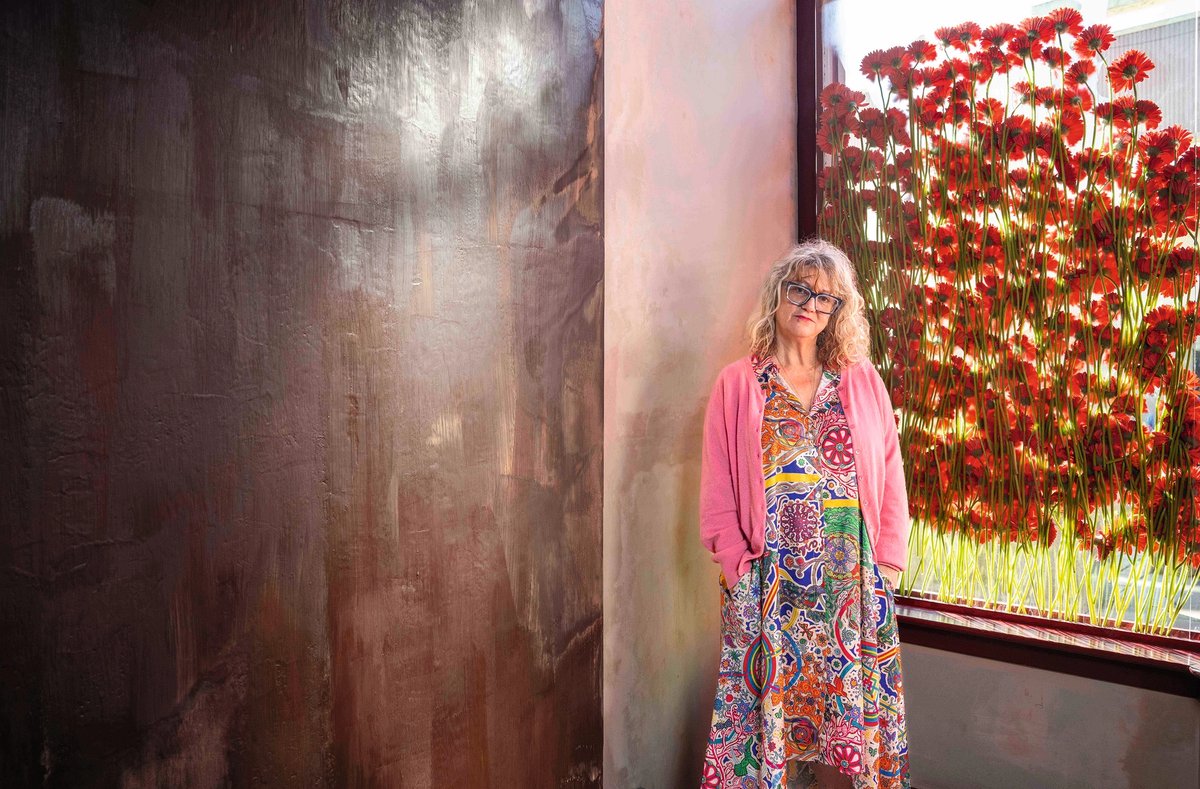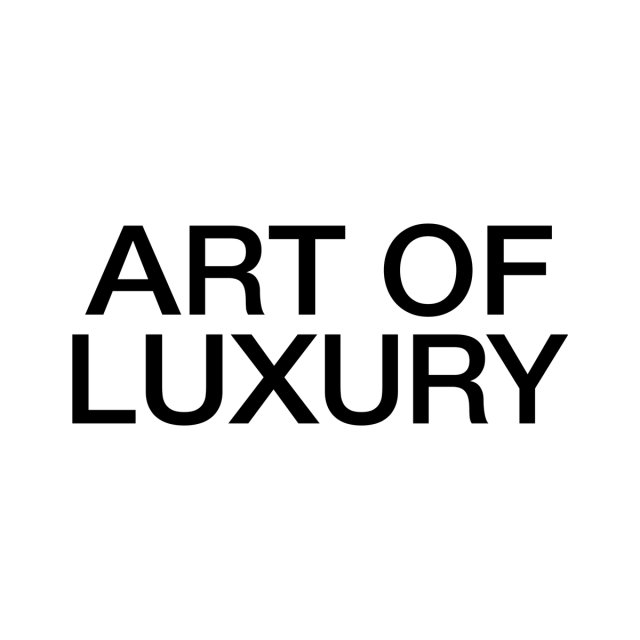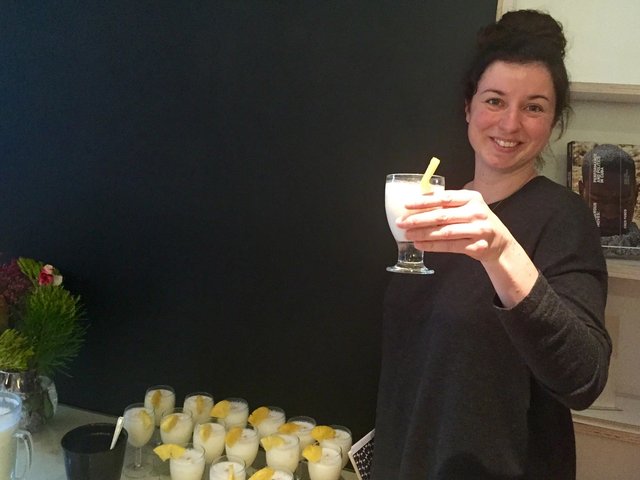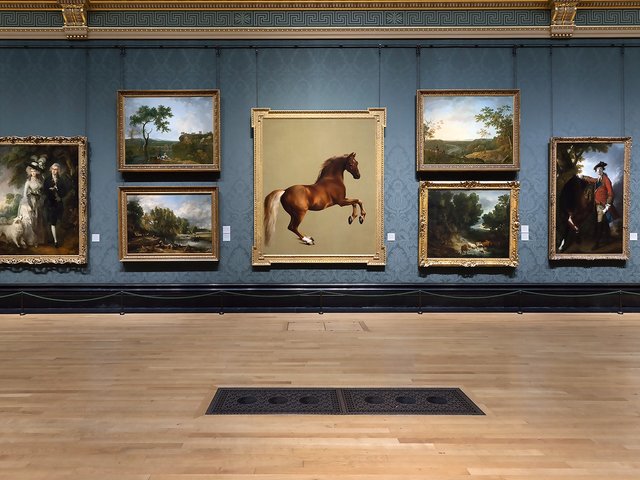Chocolate can be a complex and unsettling thing. Some types are a luxury—Fortnum & Mason’s chocolate-covered stem ginger or fingers of lemon and orange peel, for example. They used to come in the classic eau de nil boxes with an interior lined with beautiful illustrations of exotic birds and flowers. This, to me, acknowledged chocolate’s complicated colonial origins—that it had been brought to the West from countries colonised from the 16th century onwards, though I’m not sure that was Fortnum’s message.
Ideally, cacao is grown on land 10 degrees north or south of the equator. It was the Dutch who worked out how to turn it into a powder, making it easier to transport and develop into other products. In 16th- and 17th-century Britain, its consumption was connected to class—it was drunk as a bitter liquid for its stimulant qualities by the aristocracy. The middle classes had coffee and the working class alcohol. Women weren’t supposed to drink it—too dangerous. Now it’s seen as something that women can’t resist and is dangerous in another way, since the desirable body type is still svelte and youthful. Anything involving chocolate creates a tension between desire and denial.
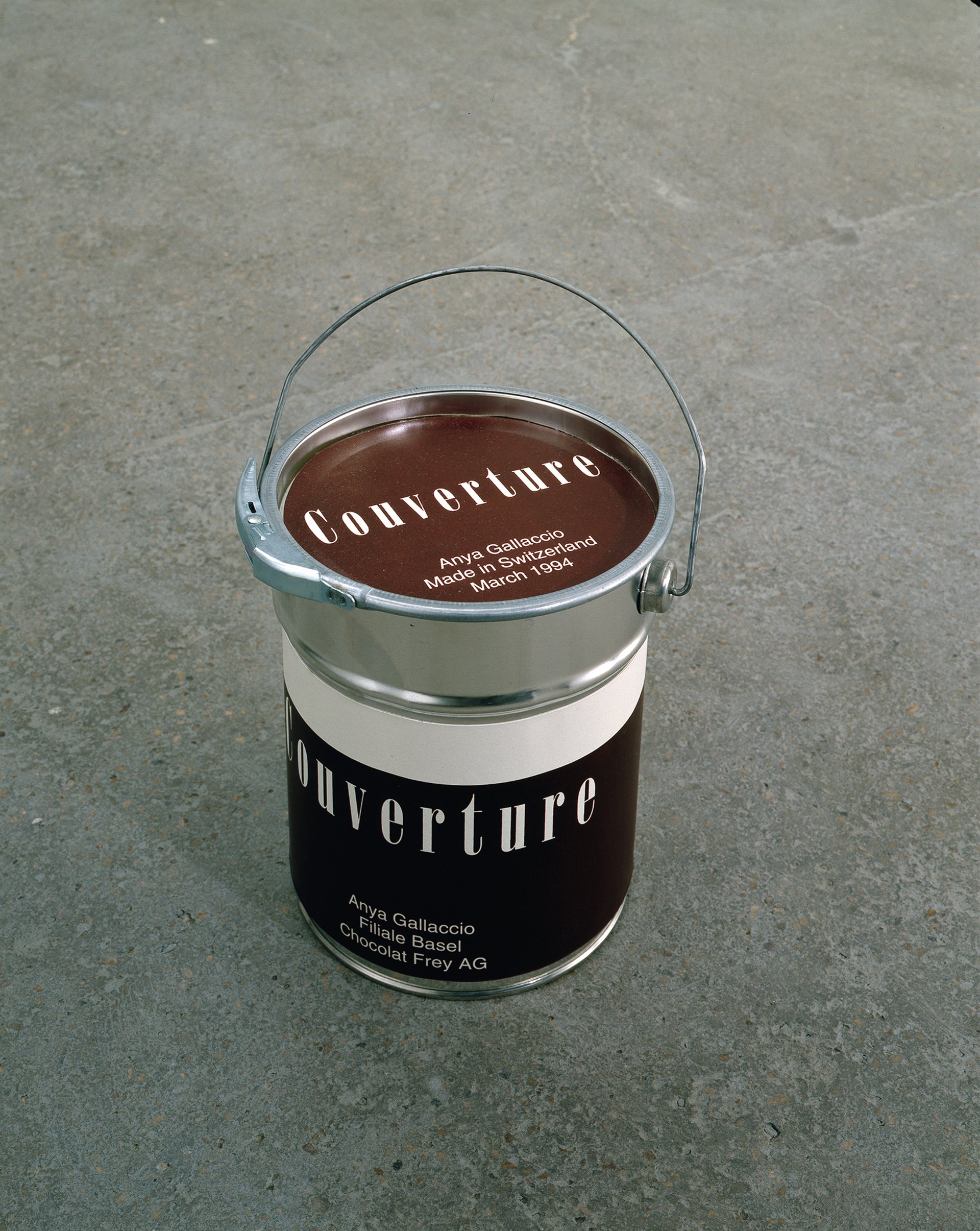
Anya Gallaccio’s Couverture (1994) © Anya Gallaccio, courtesy of the artist and Thomas Dane Gallery. Photo: Steve White
I’m a greedy person and I like eating chocolate. I first used it as an art material when I was invited to make a show by Rodolphe Janssen gallery in Brussels in 1992. To me, that city is a centre for chocolate-making, and wherever I make a work I like to use something that talks to the local context in which it’s created. Last year, at the Turner Contemporary gallery in Margate, it was apples and chalk, which have both been economically essential to the region for centuries. I’m also interested in natural materials for their impermanence and decay, using flowers, for example, and fruit, which mutate from beautiful and succulent to a different kind of dark seduction.
A delicious ambiguity
For the first piece in Brussels, the chocolatier made me some guns in very fancy chocolate, which were absolutely delicious. But there was an ambiguity in knowing if you should want them or not. And what use is a chocolate gun? It’s an object whose meaning and affect have been taken away.
A year later, I was asked to make a piece for a solo show by the Viennese gallery Krinzinger. It had a history of working with the Actionists, who sometimes used edible things in their often violent performance pieces to evoke various bodily fluids and excretions. And, of course, Vienna was the city of Sigmund Freud.
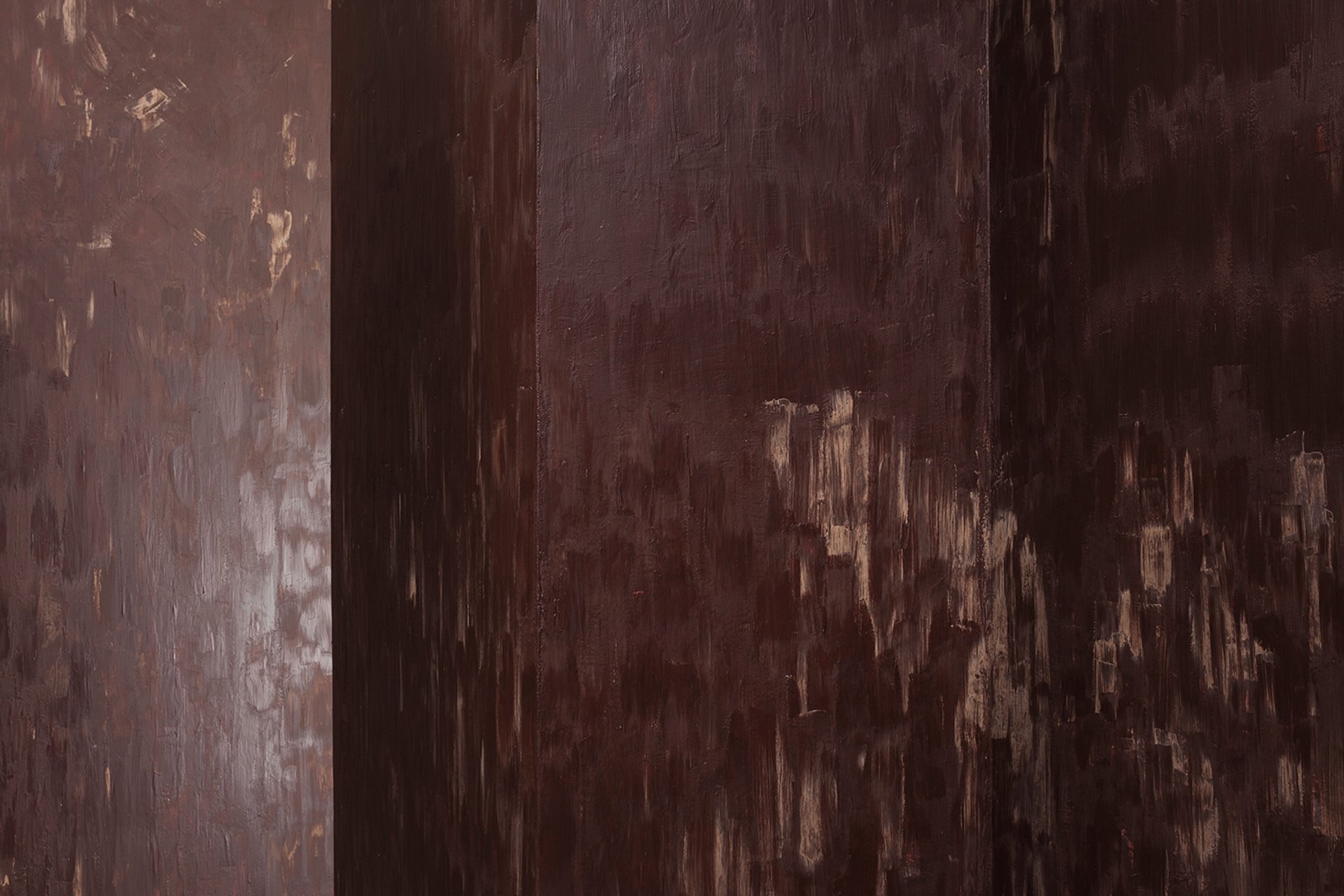
Detail of the textured surface of Stroke (1994) at Jupiter Artland, Edinburgh © Anya Gallaccio, courtesy of the artist and Thomas Dane Gallery. Photo: Ruth Clark
The gallery was in a stunning turn-of-the-last-century apartment and the room was reached down a tiny corridor. The show was called Brown on White. I painted the walls with chocolate, and you could smell it long before you saw it. We’d lined them with plywood but not used primer. It took a lot of melted chocolate—because of its oil content, it just soaked straight into the wood.
The composition of the work was a response to the interiors of the city’s famous cafés. In the beautiful old coffeehouses, there is often dark wooden panelling to a certain height, and I replicated that. Then I applied the chocolate with as little a gesture as possible, so it didn’t look like some kind of smeared protest. I’d discovered couverture by then—fancy confectioner’s chocolate that has a higher percentage of cocoa solids.
At the opening, everyone started licking the walls, and the next day it was covered in tongue marks and nose indentations. I’d thought of it more as a colour field project—a room to sit in, like the Rothko room [at Tate Modern], where time reveals tiny details in colour and gesture—though in this case it would be more of an olfactory than a visual revelation.
Reactions have varied each time I’ve made a chocolate room. At Karsten Schubert in London, in 1994, I used dark Bournville, and that’s why the title Stroke emerged—it described the way I was applying the chocolate. At the show, people marked the chocolate by scratching their initials into it. It was also a space with lots of edges, and I noticed how they had furtively picked bits off, presumably unable to resist seeing whether it really tasted of chocolate, even though it had been denatured into paint.
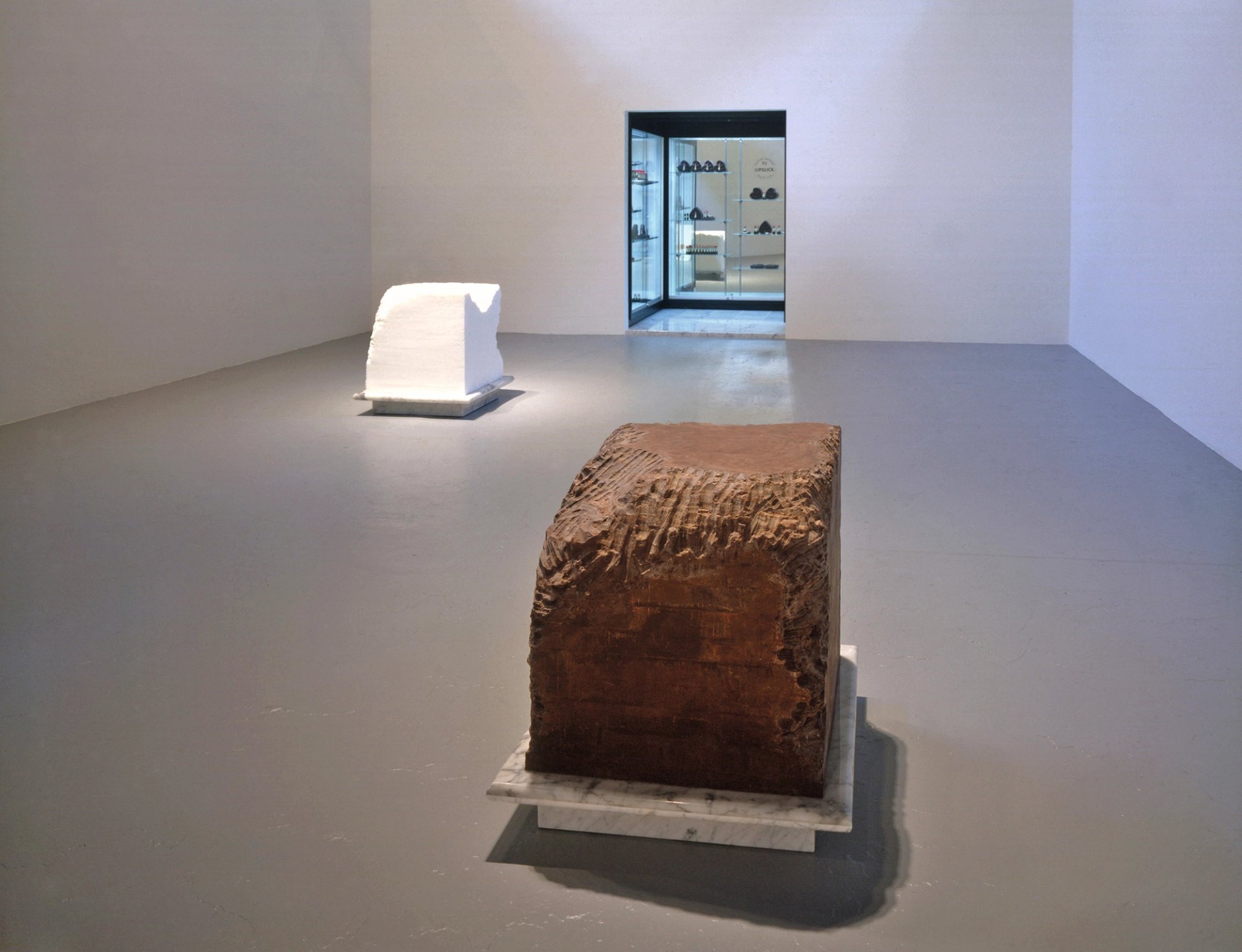
Gnaw (1992) by Janine Antoni, a 600lb block of chocolate and a 600lb block of lard. Antoni bit chunks from both and made then into chocolate boxes and lipsticks © Janine Antoni, courtesy of the artist and Luhring Augustine, New York
The same year, I made a version of Stroke for Blum & Poe in Los Angeles for the gallery’s inaugural show. I recreated it in 2019 for its 25th anniversary. That time, people were surprisingly aggressive. They put their hands right into it and made huge marks. I was upset about it, and for the first time, I went back and painted over it after the opening.
Chocolate has played a material, and suggestive, role in art-making since the early 20th century. Marcel Duchamp used an image of a dismembered chocolate grinder to evoke male sexuality in The Bride Stripped Bare by Her Bachelors, Even (1915-23); Joseph Beuys made lumpy packages of chocolate and margarine, called Kunstlerpost (1969), and sent them around the world, causing disruption when they were opened by curious customs officials who had to examine their squishy contents. And you can’t overlook Piero Manzoni’s sealed tins titled Merde d’Artiste (1961), in this context a work which also questions value.
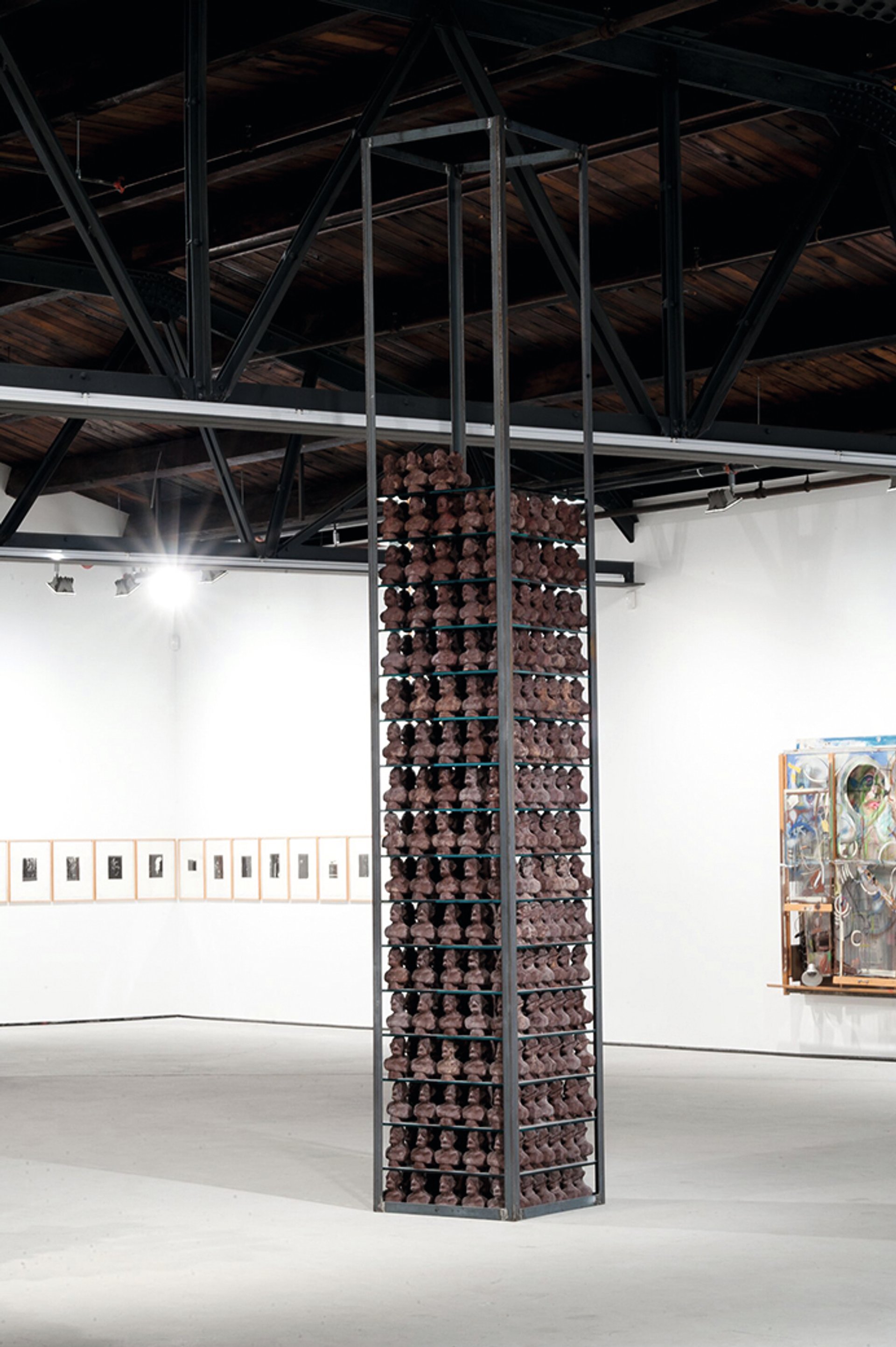
Selbstturm (Self Tower) (1994) by Dieter and Björn Roth, one of a long series of chocolate sculptures © Estate of Dieter Roth, courtesy of Hauser & Wirth. Photo: Bjarni Grimsson
Room with a chew
Ed Ruscha made a chocolate room long before me, though his—at the 35th Venice Biennale in 1970—was lined with sheets of paper silkscreened with Nestlé. But my favourite is Dieter Roth, who made hundreds of chocolate gnomes. I saw shelves of them somewhere in Switzerland, in various stages of decay. To me, that’s just about the uncanny, the slide from kitsch to crumbling.
When I started working with chocolate, other female contemporaries were using it, as might be expected, in more feminist ways. In 1992, Janine Antoni took a huge block and bit into it, creating teeth marks in the block and spitting out the pieces, which were melted down and cast into heart-shaped packages for chocolates. The site of that ravaged block—called Gnaw—speaks volumes to me about the stresses that women put on themselves to maintain perfect (or too thin) bodies: purging and bingeing and having a torturous relationship with foods like chocolate.
Helen Chadwick’s Cacao, a huge, bubbling chocolate fountain that was originally part of her exhibition Effluvia at the Serpentine in 1994, was about engaging through smell and sound, as well as referencing both bodily functions and Robert Rauschenberg’s earlier work Mud Muse (1968-71). If Rauschenberg used threatening “manly” mud, Chadwick’s equally menacing feminine riposte was made with confectionery. The smell of the chocolate was overwhelming: at first seductive, then repulsive, but still compulsive.

Helen Chadwick’s Cacao (1994), which has been recreated for the exhibition Life Pleasures at The Hepworth Wakefield (until 26 October) Aanya Fiane-Fox
The last time I made a chocolate room was in 2024 in Paisley, the town in Scotland where I was born. I grew up first in Glasgow, and we moved to London when I was five. I was invited there by Nicky Wilson, who runs Jupiter+, an outreach initiative that takes art to high streets all over Scotland.
Nicky, with her husband Robert, is the founder of Jupiter Artland, a sculpture park near Edinburgh where I also made a version of Stroke in 2014. She offered me a shop that had been empty for a long time, and at first I thought about the cliché of how Scottish people have a sweet tooth, how they deep-fry their Mars bars. But as I got to know the area, I found out more about the food poverty there, and the meaning of the work became more about value systems and how much deprivation there is in some places. I’ve never used chocolate as something beautiful and sexy, but as the years pass, it becomes increasingly associated in my work with economic and colonial injustice.
I still eat it—even though I smell of it for days after I’ve made a room, it’s doesn’t put me off. And I’ve discovered Tony’s Chocolonely, which is ethically sourced. The only problem with it is that I break off one piece, then another, then another…


